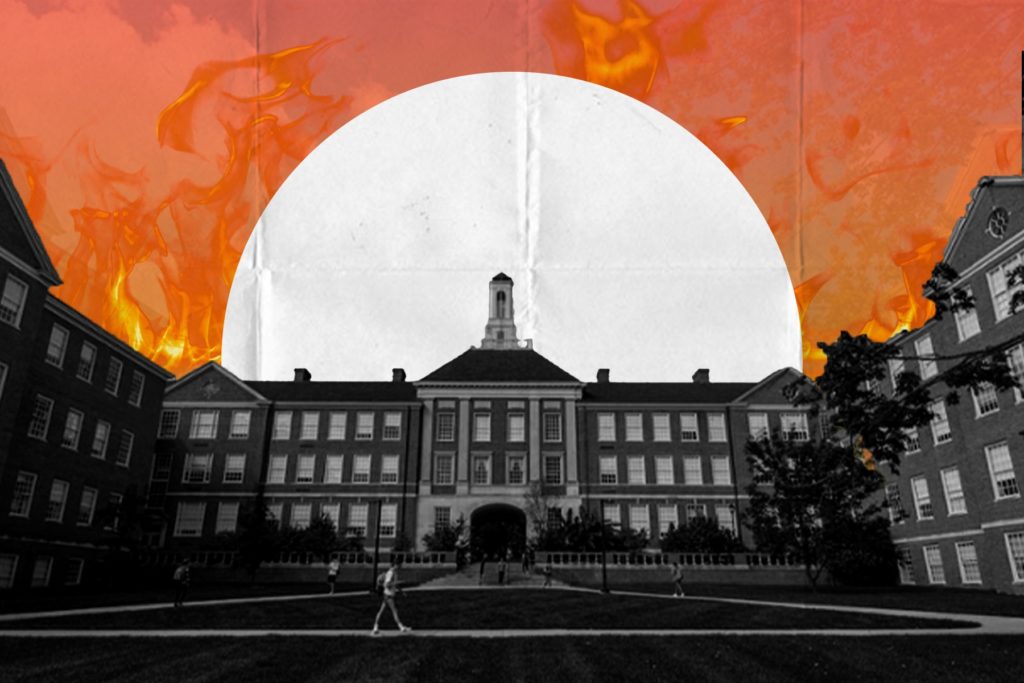
Although life in the United States has changed for everyone, the American Dream can be summed up in the same old descriptive imagery of the past: marry your high school sweetheart, get a degree from a state university, get a job, buy a little house with a white picket fence and get on to having the perfect 2.5 children household. But times have changed. This dream was perfectly reasonable for the average American in the 50s, but that’s no longer the truth. With the federal minimum wage stalled at $7.25 per hour and the average annual tuition for public, four-year colleges for the 2021-2022 school year $10,740 for in-state residents and $27,560 for out-of-state residents, paying for a house and kids right out of university isn’t quite as realistic.
According to Gallup, “the average tuition bill for students at a public four-year college has increased by more than 250% over the past three decades – and rising costs are likely a big reason why higher education seems out of reach for many in the U.S. A recent Gallup-Purdue Index study found that 35% of 2000-2014 U.S. college graduates report graduating with more than $25,000 in undergraduate student loan debt, in inflation-adjusted dollars.” How is a student expected to pay rent in these conditions, much less pay off student loans?
Then we have to consider the environment for students once they graduate from their undergraduate and graduate programs. Having a bachelor’s or master’s degree no longer guarantees a high-paying job or even a job that pays poverty wages. My partner attends a prestigious research university here in Atlanta and works in a lab at the university. The university establishes a base pay rate for undergraduates and graduate students, which is the standard pay in all of the labs. One of my partner’s colleagues has a postdoctorate degree in neuroscience and is compensated with $17 an hour for her work. To put that into perspective, the colleague has a Bachelor’s, Master’s and Ph.D. in Neuroscience and is still getting paid little more than what I was paid when I worked as a cashier at Trader Joe’s. Keep in mind that the living wage or the hourly rate that an individual in a household must earn to support his or herself, in the Atlanta metropolitan area is $18.58 an hour.
But I digress. It makes sense that Americans across the county have lost faith in the future that a college degree once promised. According to Gallup, “About half of U.S. adults (51%) now consider a college education to be “very important,” down from 70% in 2013.” A college degree used to be the key to securing a 6-figure career, but now families everywhere are questioning its return on investment.
I don’t think I’m alone when I express my concerns about my plans after I graduate. Finding a job that pays me enough to pay for rent and groceries is a challenge in and of itself, besides paying off the loans for my education in the first place. As college tuitions continue to inflate and the cost of living continues to rise, the return rate on a college education becomes more and more questionable.



























